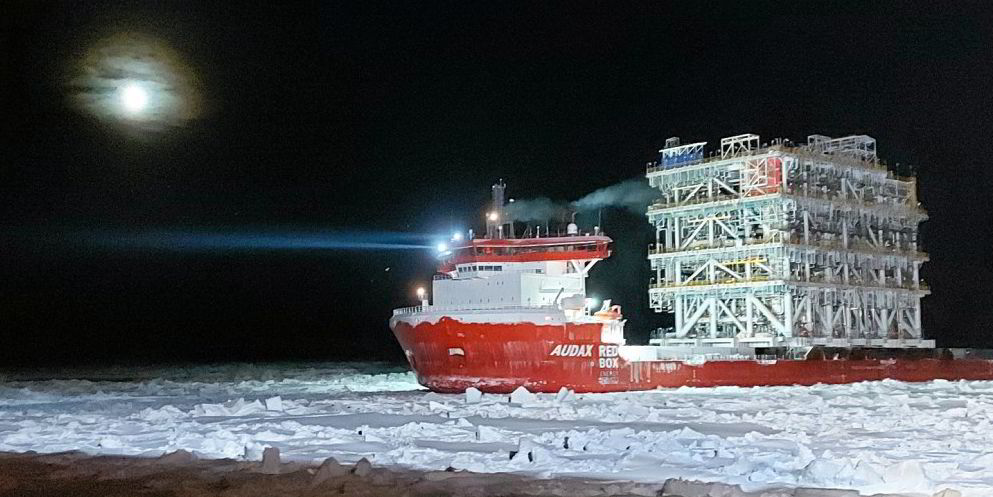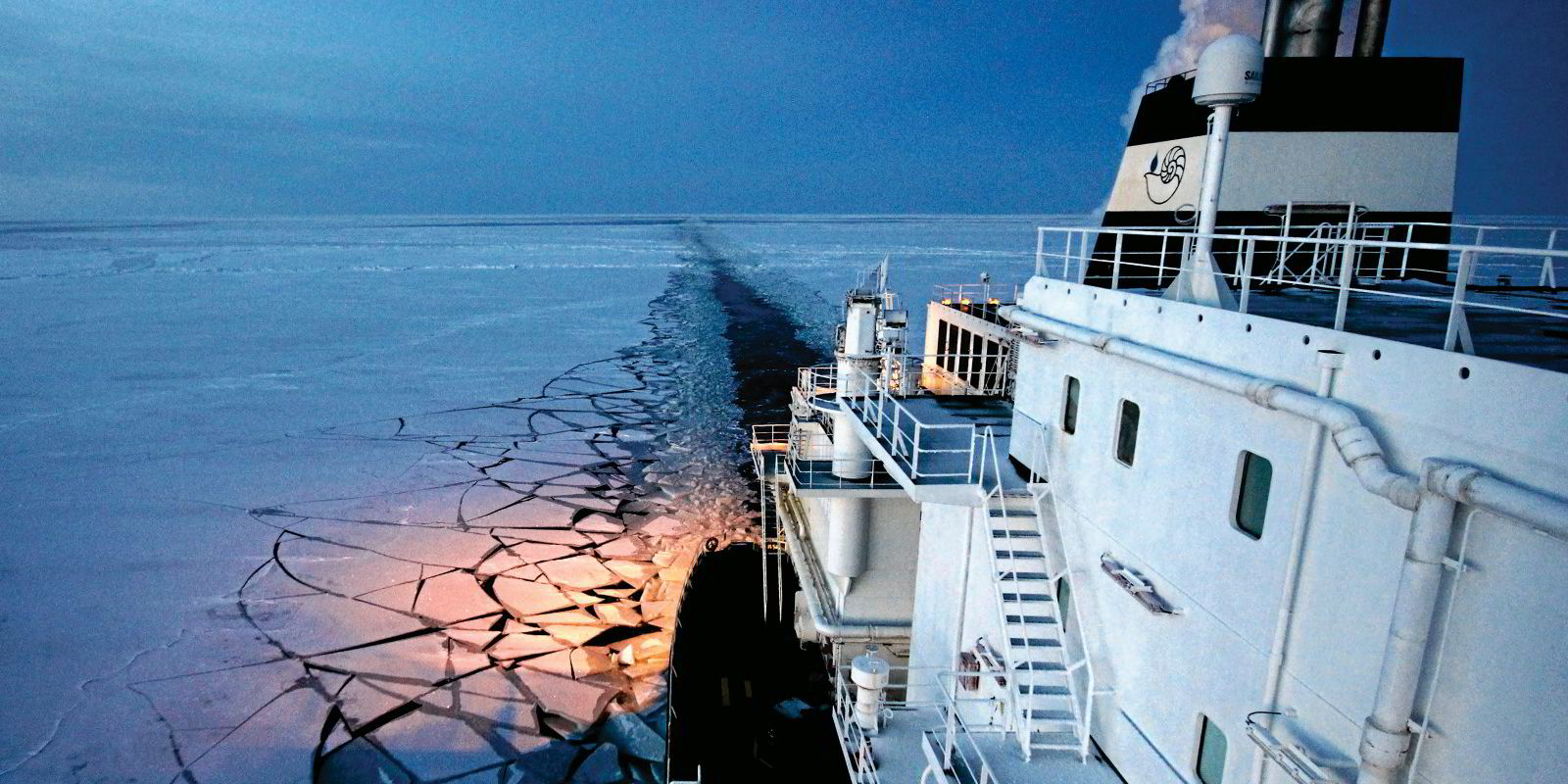Global warming has opened up Arctic sea routes by reducing seasonal ice, but it is also making sailing slower and more dangerous, with increased fog.
So say Chinese and US researchers, who have collaborated on a project to chart the past weather effects of increasingly ice-free polar seas, and project future fog conditions as cold air hits bigger stretches of warmer water.
“[The] rapid retreat of Arctic sea ice extends the area of open ocean for new trans-Arctic shipping routes,” wrote the team of researchers led by physical oceanographer Chen Xianyao of Qingdao’s Ocean University of China.
“However, the projected routes may be too optimistic in terms of savings in shipping costs from shortened trans-Arctic distances as they do not consider the increased sea-fog frequency over areas of the retreating sea ice.”
The authors believe increased sea fog frequency could pose a significant challenge to the future of Arctic shipping.
Along with their warnings, however, the researchers have some practical suggestions for shipowners who hope to avoid losing time to fog.
Chen and 10 other collaborators from six institutions in China and the US published their results in Geophysical Research Letters, a short-format open-access research journal published by the American Geophysical Union.
The project studied historical records of sea ice and fog going back to 1979, supplemented by climate projections that extend further into the 21st century. They also looked at historical routes and speeds of actual trading vessels, and plotted hypothetical fog-optimised routes through to the end of the century.
Fog is already lengthening Arctic transit times by up to three days in some cases, in trades whose profitability depends on the balance of shorter routes and higher risks and expense on the Arctic routes.
The study shows that the effect of fog can in some cases add an economically significant amount of sailing time, but the effects are worse on the Northwest Passage above Canada’s Great White North than on Russia’s much longer and more frequently exploited Northern Sea Route.
Although fog costs up to three days on the Canadian sea route, it adds about one day on the longer Russian route.
The researchers’ calculation of increased sailing time because of fog is higher than previous estimates — up to 27% higher for Northwest Passage trading or 11% higher than previously believed for trading along the Northern Sea Route.
But there is a remedy — sailing along routes optimised not only for avoiding ice but for avoiding fog.
“Previous designs of trans-Arctic shipping routes mainly considered sea ice distribution, but ignored the important effect of frequent and high-risk polar sea fog,” wrote the team.
Chen and his collaborators published their paper “Adapting to a foggy future along trans-Arctic shipping routes” on 27 April in the research journal.
Their warnings match the reservations that some Arctic shipping specialists have long expressed about the risks and limitations of their niche trade.




